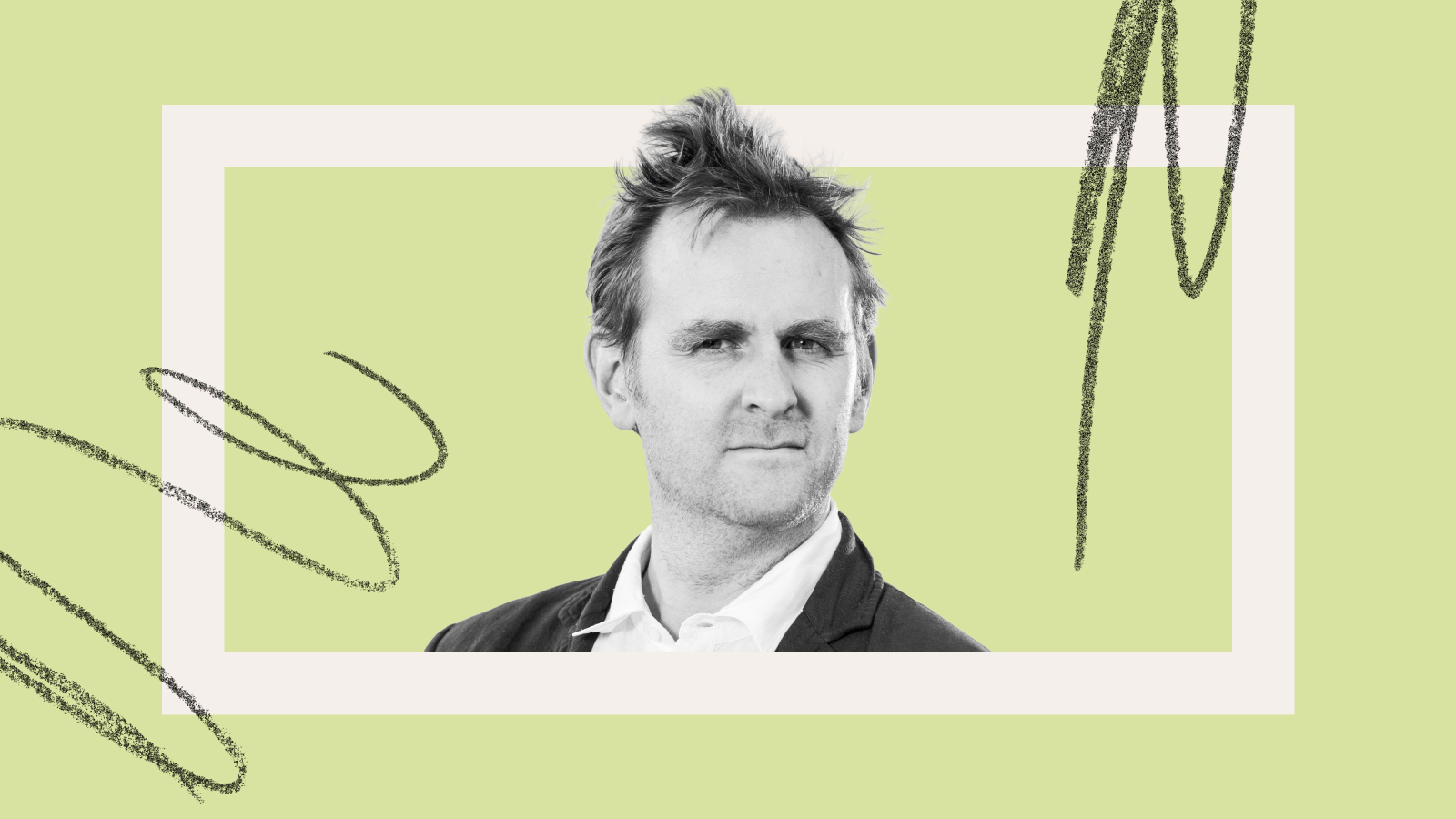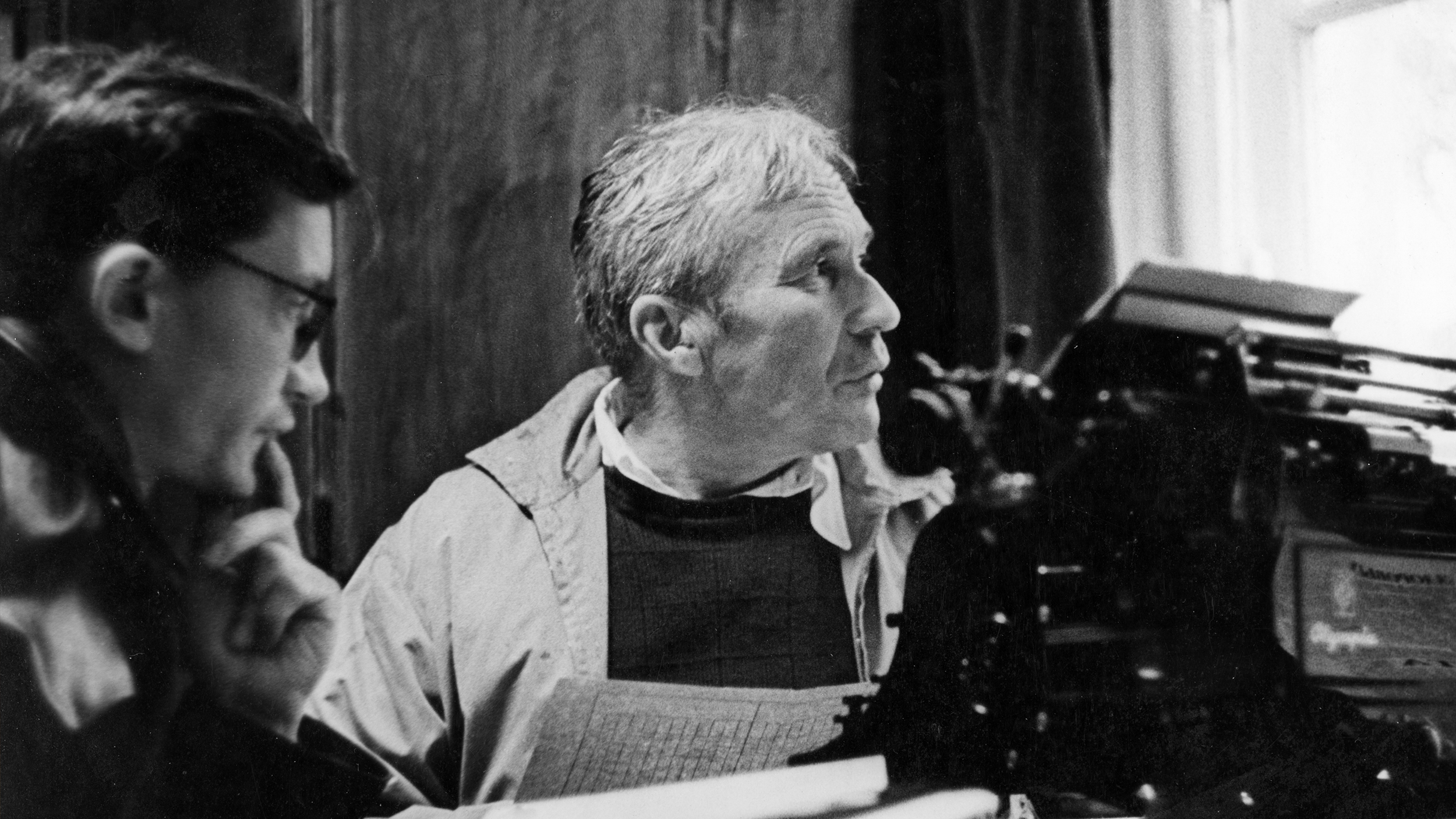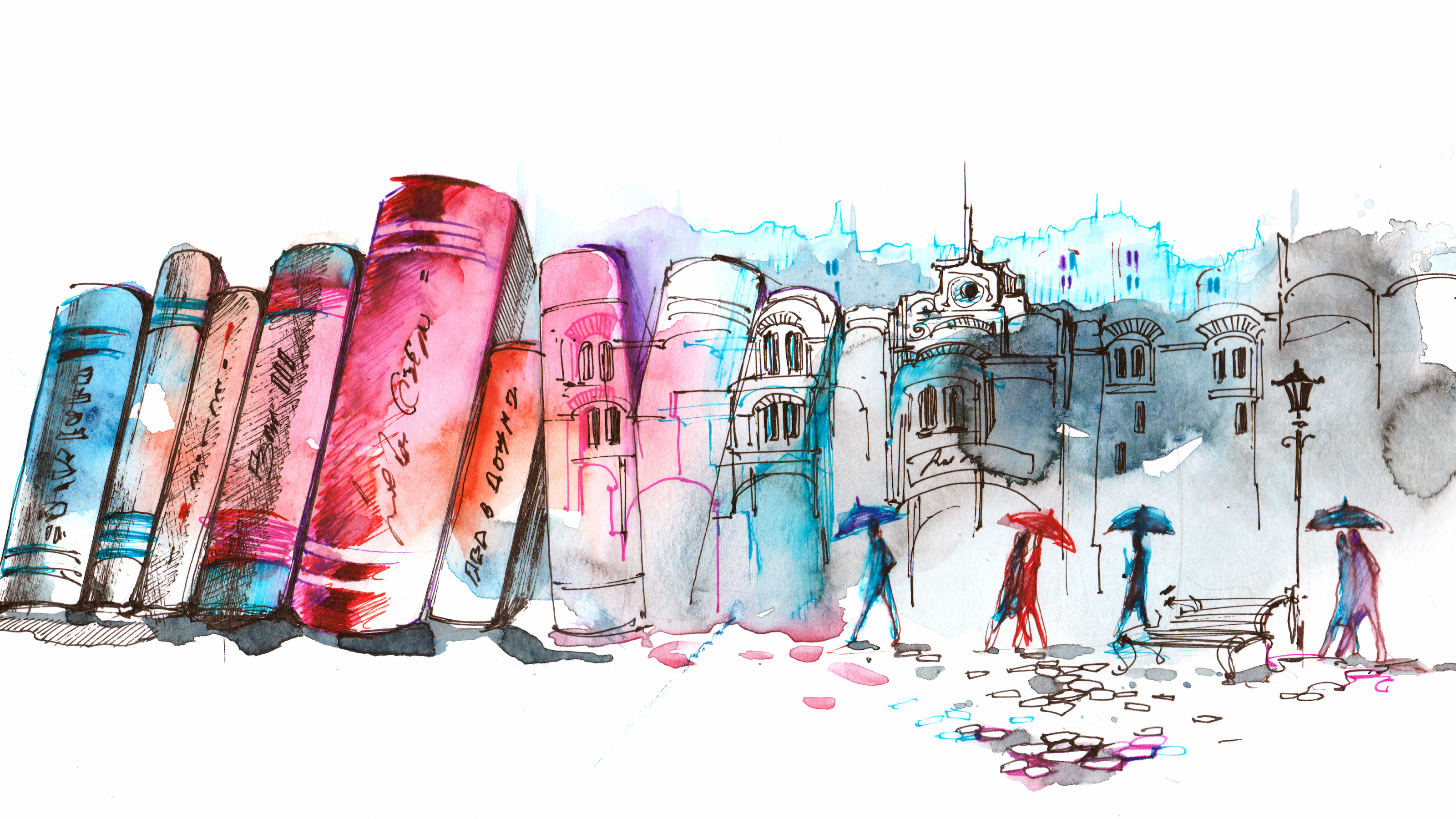A Bad Day for Progressive Underdogs: RIP Howard Zinn and JD Salinger

January 27th will primarily be remembered as the date of President Obama’s first State of the Union address. But it will also be remembered as the day America lost two of its most prominent literary figures: JD Salinger and Howard Zinn. While their personalities seemed vastly different, their works converged in the minds of many of the people who contributed to the president’s winning campaign. And when it comes to their respective legacies, there might be more similarities than differences.
Other than their passing away on the same day, both men shared some commonalities in their background. Both were born less than five years apart in New York and ended up settling for much of their lives in the same region, Zinn as a professor at Boston University and Salinger as a recluse in New Hampshire. Both men also served in World War II and were born to Jewish immigrants. The similarities generally end there, although each were known for single, seminal works that served as a galvanizing force for countless young Americans.
Salinger’s “The Catcher in the Rye” and Zinn’s “A People’s History of the United States” painted a unique literary picture against wildly divergent backdrops while contributing greatly to American iconography. In “Catcher,” Salinger’s protagonist, Holden Caulfield, provided a first-person malcontent narrative that was complex enough to speak to millions of young people long before youthful angst was a marketable ideal. Empowered by Caulfield’s misadventures, many young people exposed to that book in high school transitioned easily into Zinn’s “People’s History” by the time they were college students.
While generations of young people were introduced to anti-establishment ethos by Holden Caulfield, those ideals were refined by Zinn’s “People’s History,” another first-person portrayal, this time dealing with topics ranging from Native Americans to the Founding Fathers to the Robber Barons. Both books were an awakening for young people looking to channel their percolating anger.
But while Zinn became among the country’s most-respected and outspoken activists. Salinger, on the other hand, receded into complete seclusion, occasionally coming to the surface to protect the legacy of his master work, usually with a lawsuit. But there’s no denying the contributions both men made to the countless young idealists and progressive underdogs, some of whom had a hand in the language and election of arguably the most-idealistic of modern presidents.




